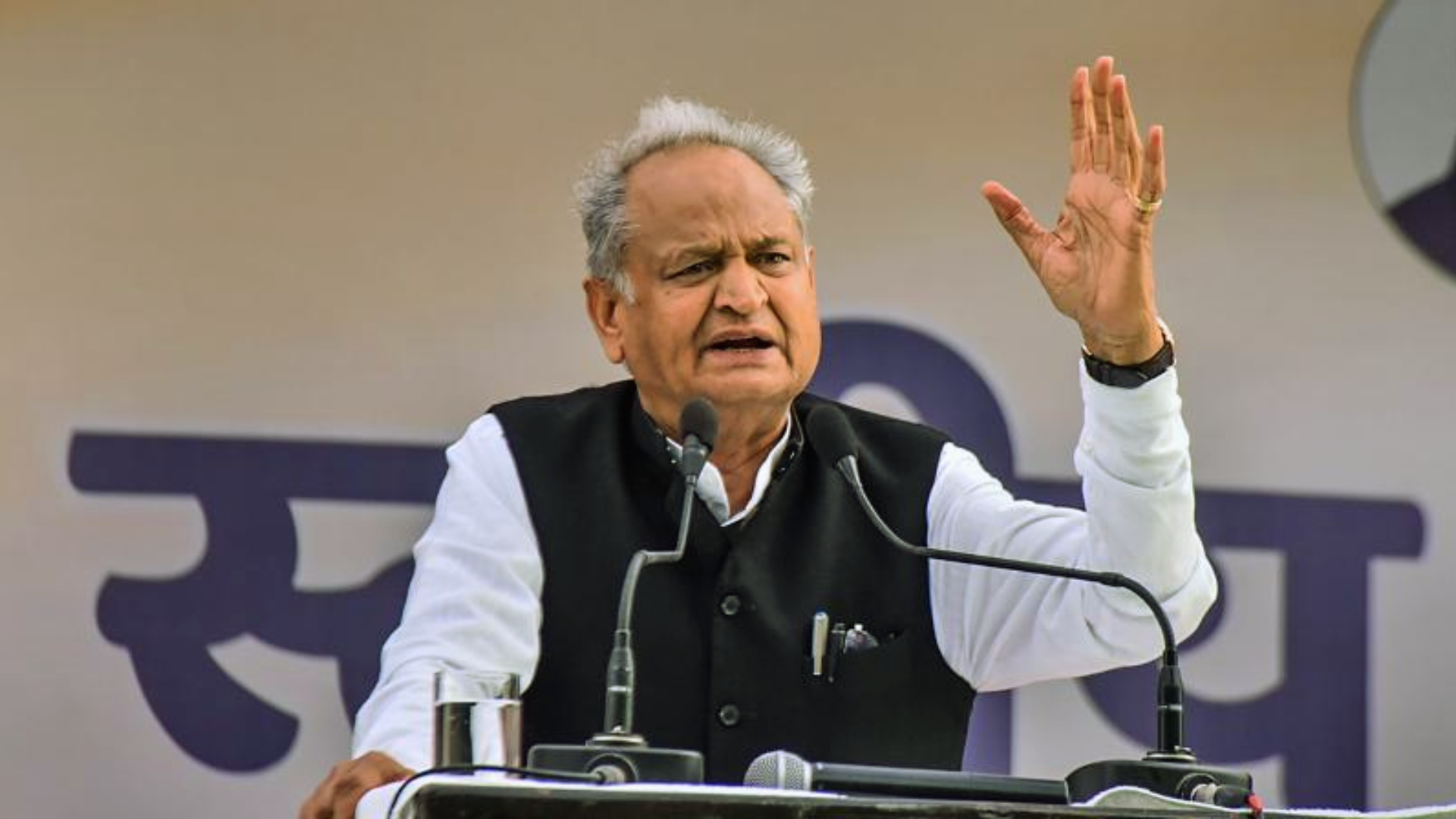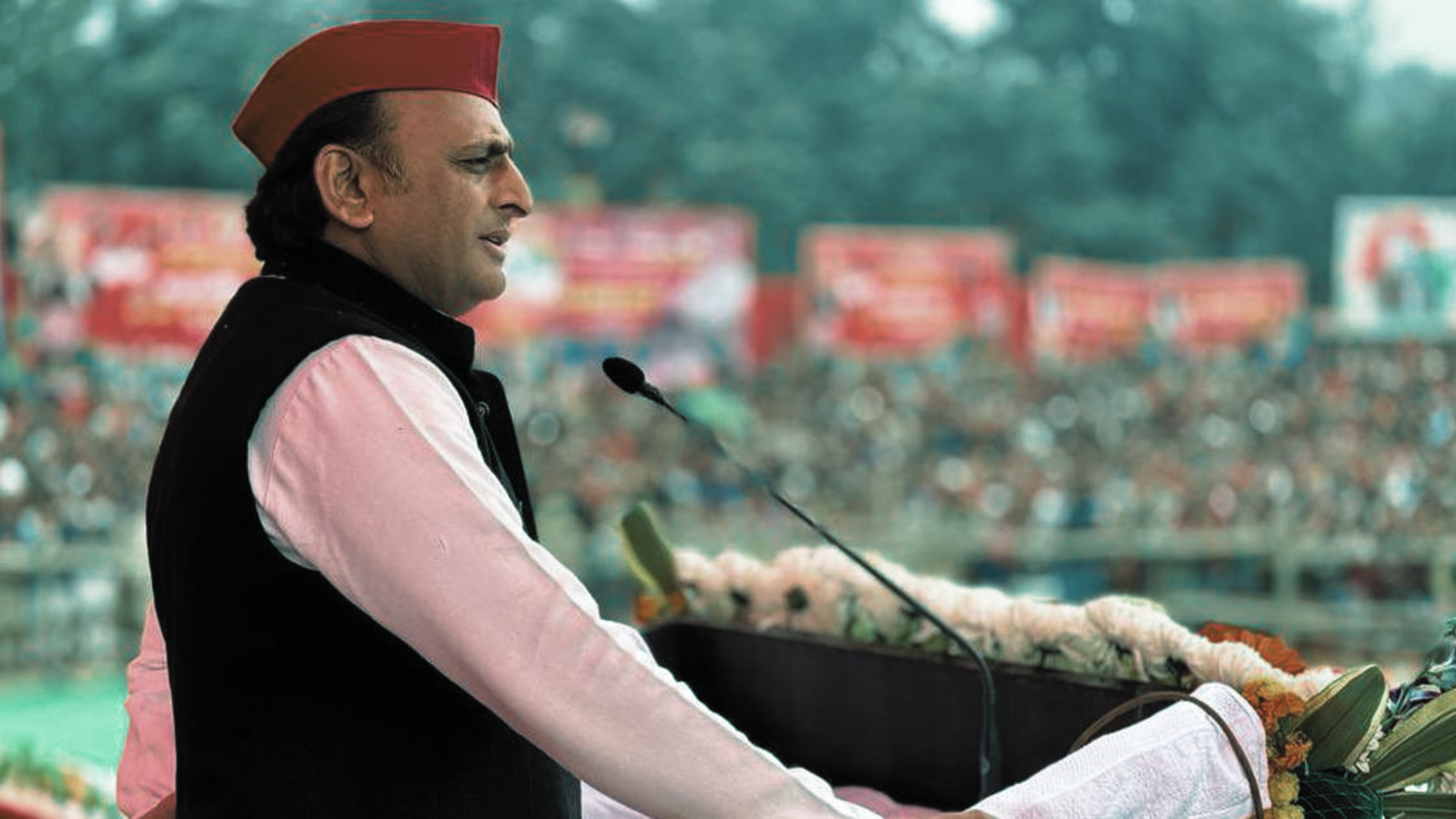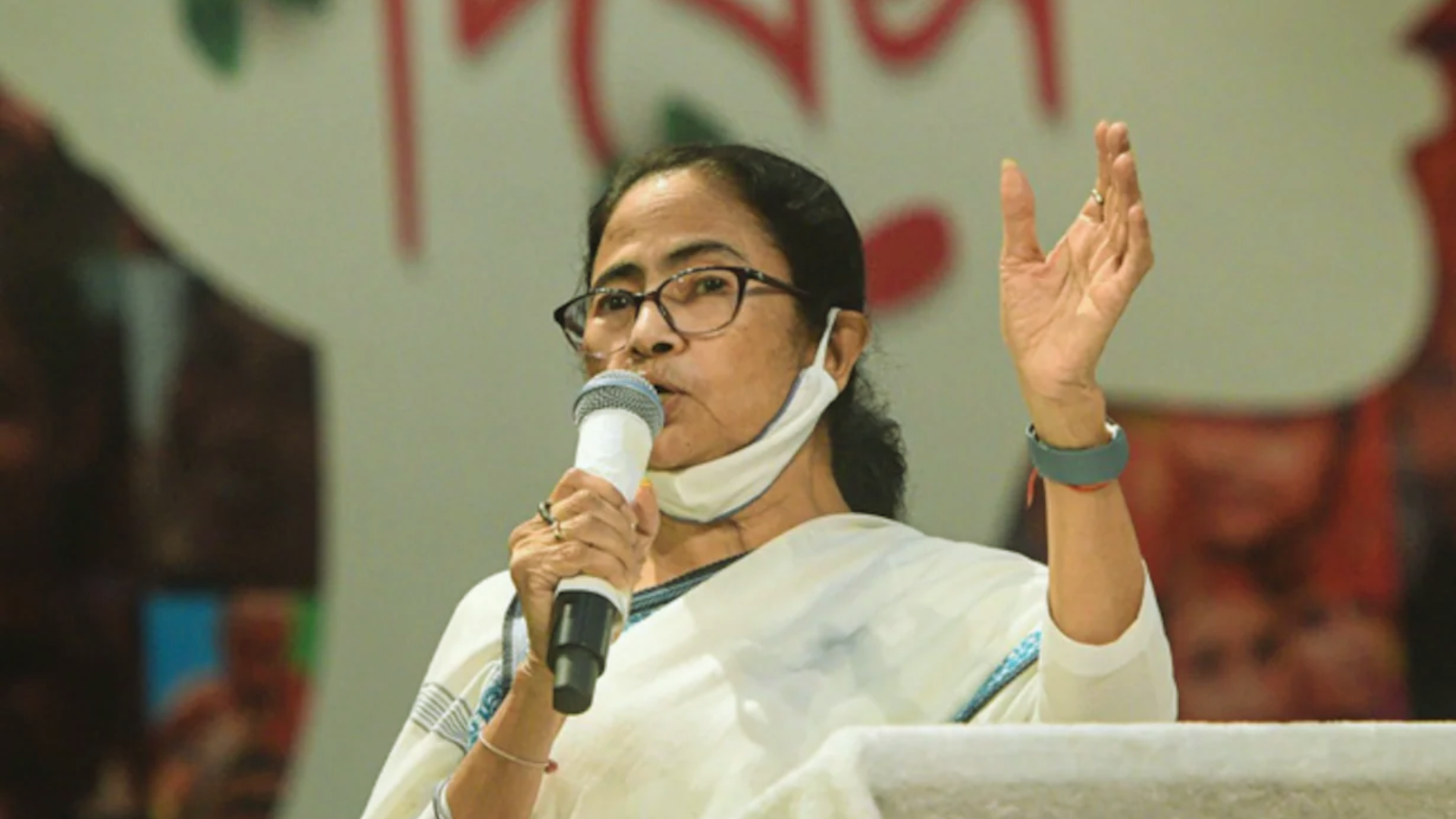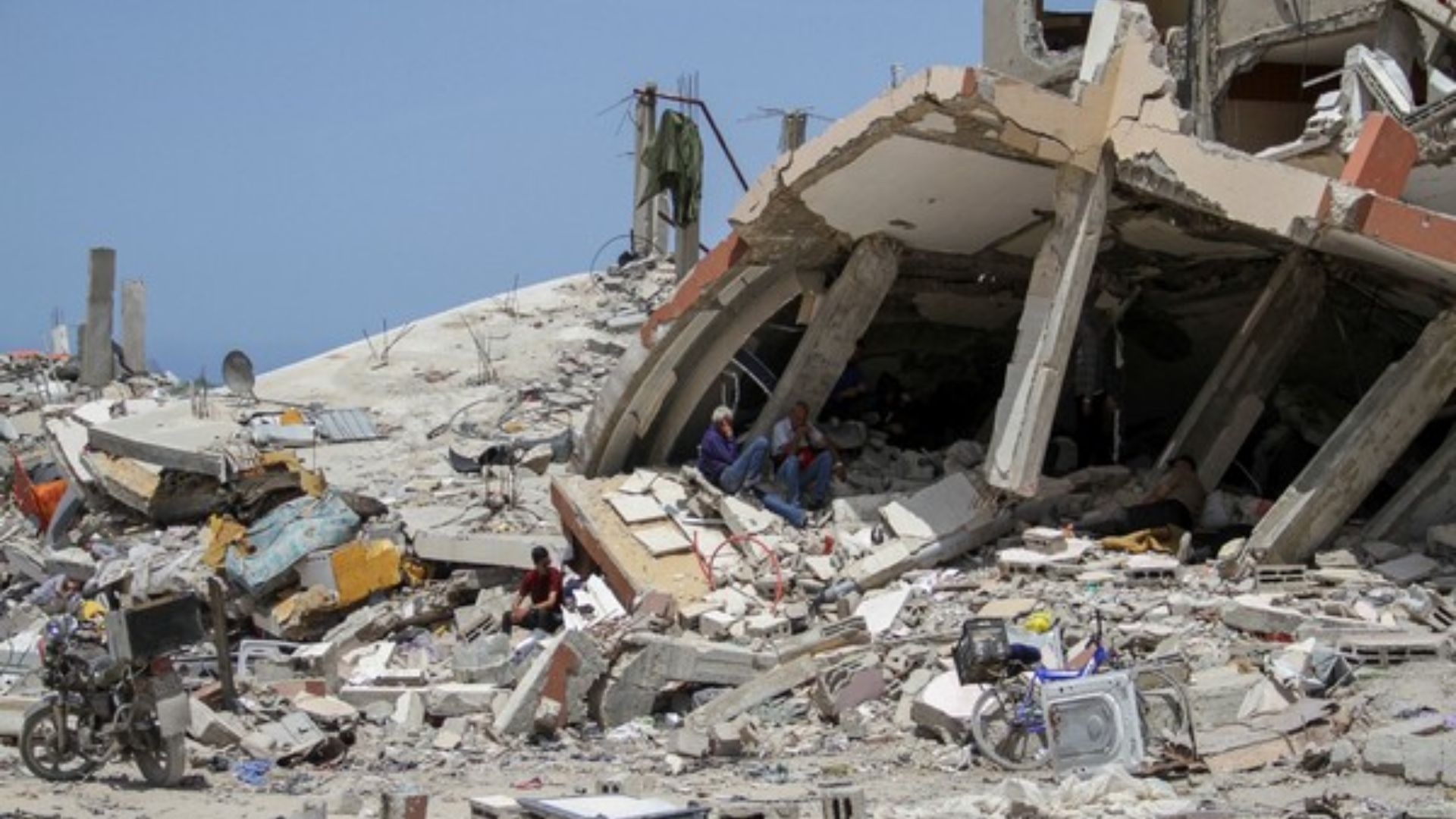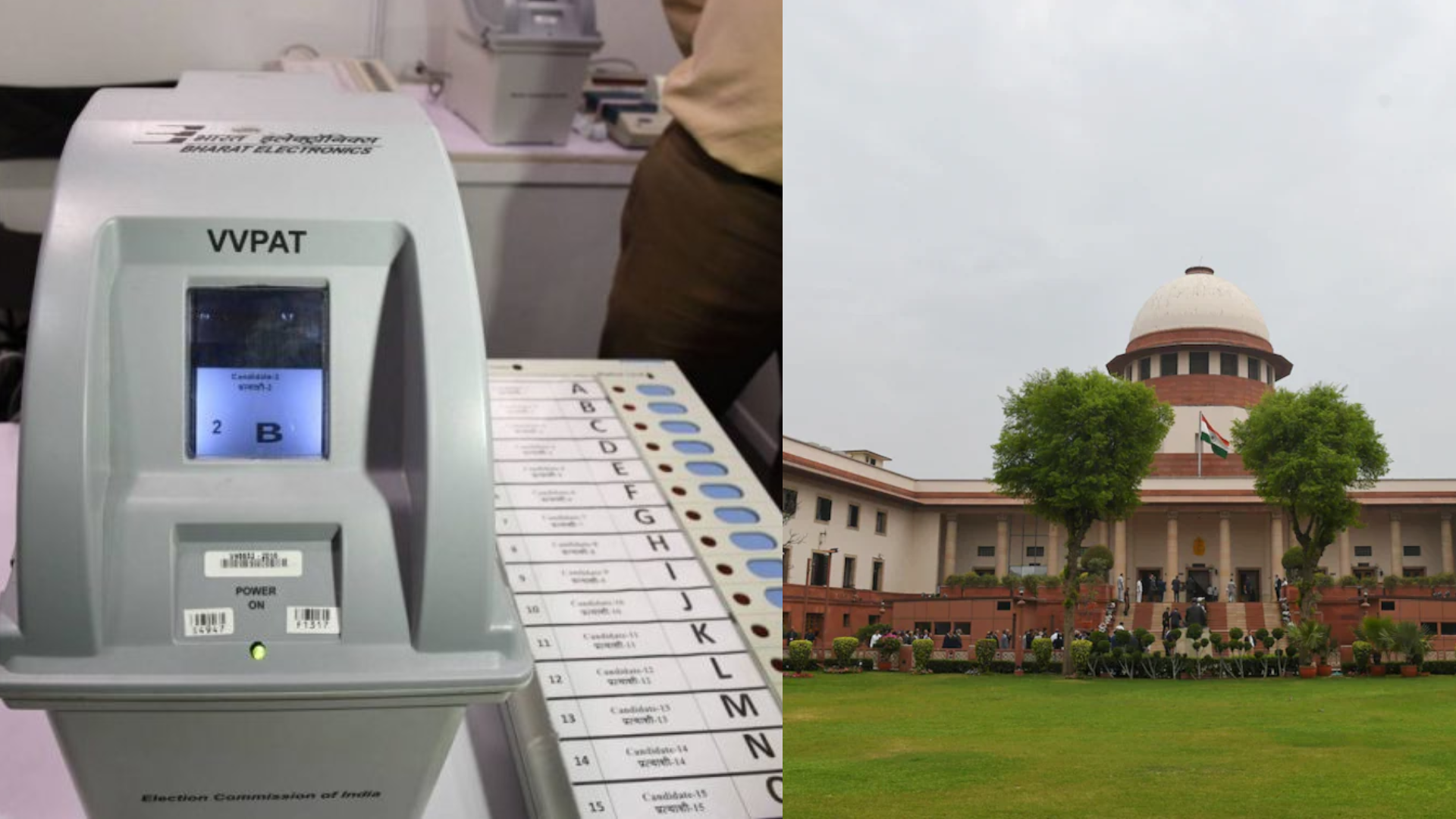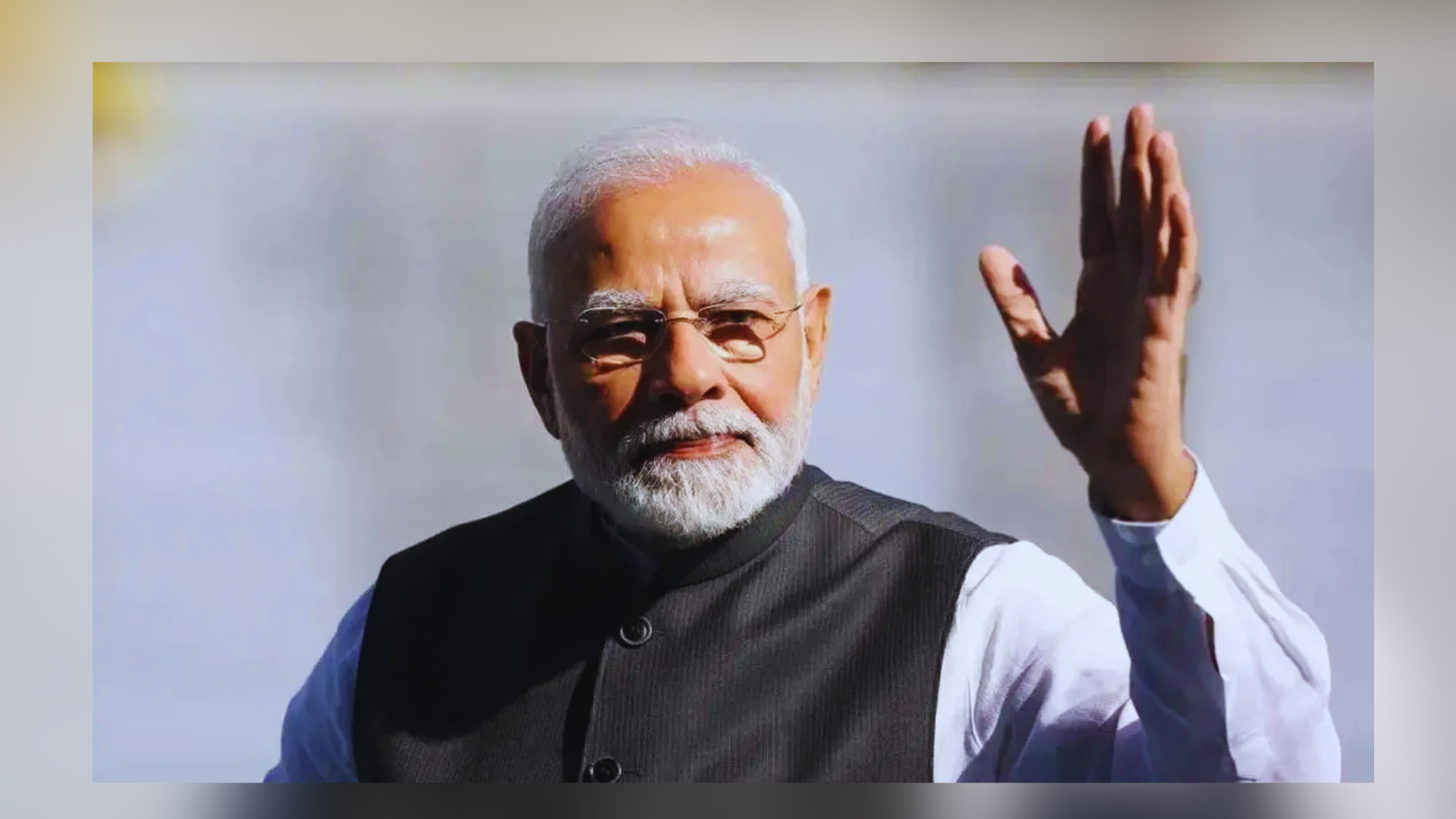






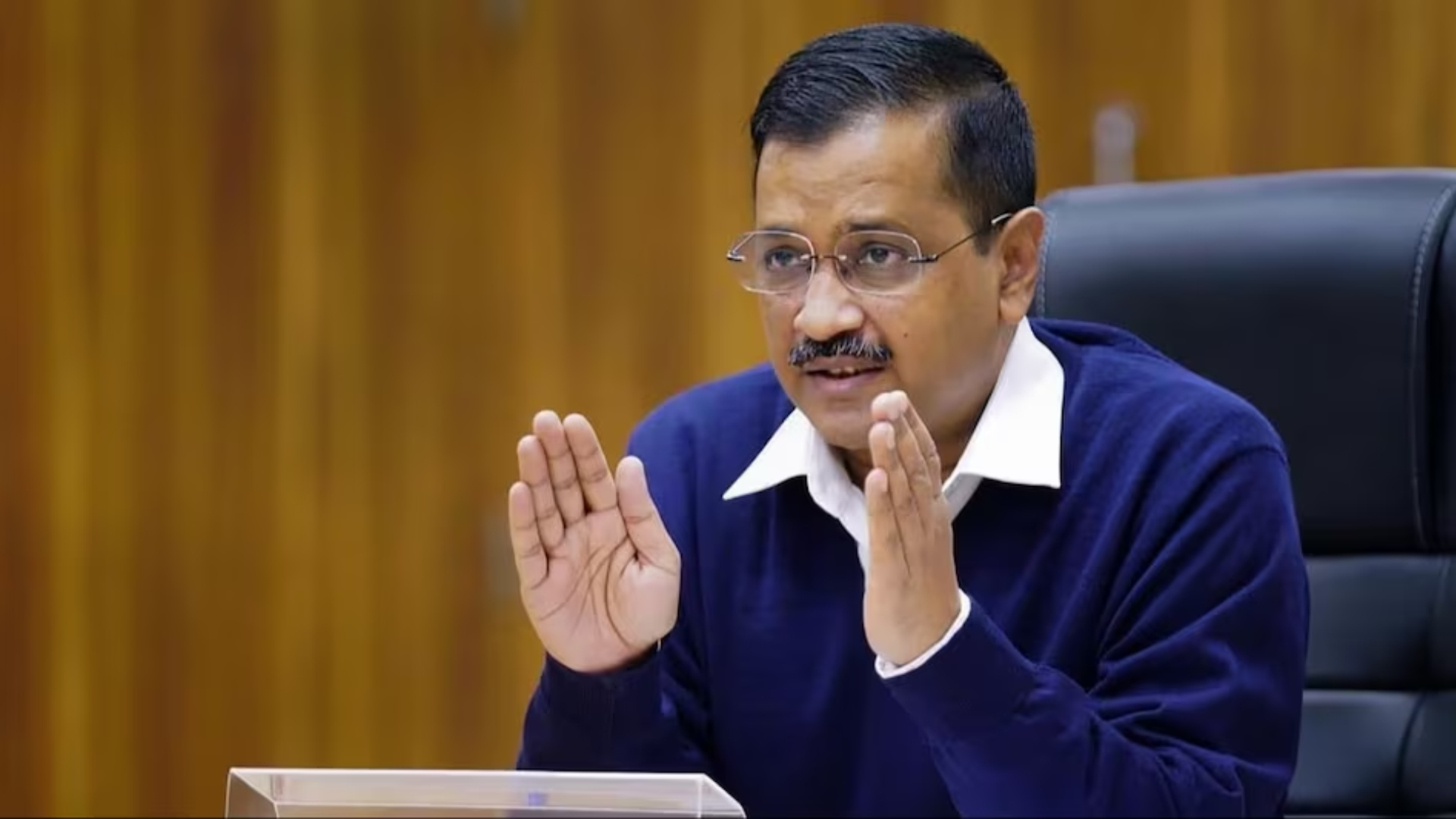

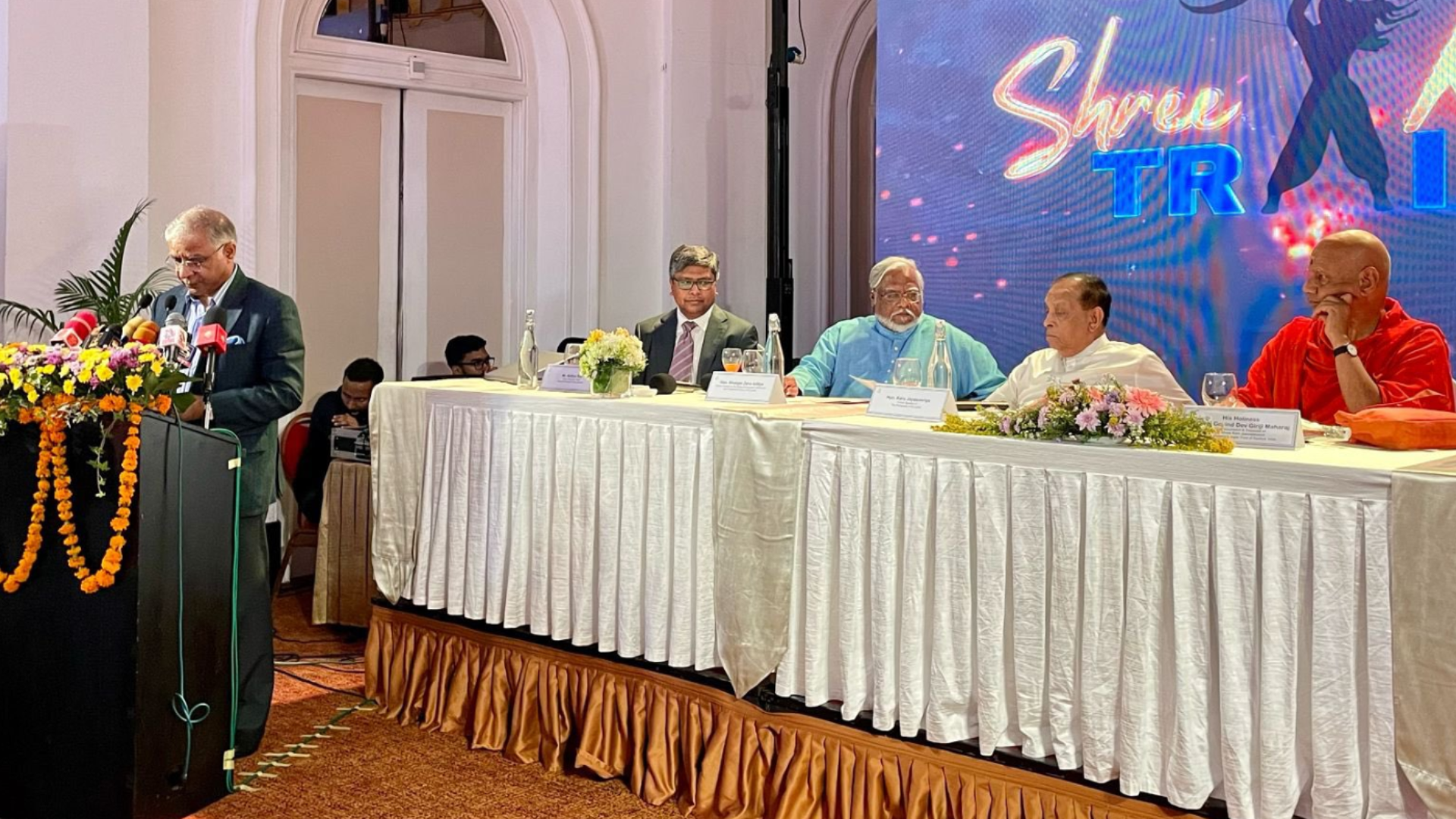

According to a new report by the Ministry of Education, During 202-21, more than 20,000 schools were shut down across the country, while the number of teachers witnessed a decline of 1.95 per cent in comparison to the previous year.
It was also pointed out by the Unified District Information System for Education Plus (UDISE+), that only 44.85 per cent of schools had computer facilities while nearly 34 per cent had an internet connection.
“In 2021–22, there were 14.89 lakh schools overall, down from 15.09 lakh in 2020–21. According to the study released on Thursday, the decrease in the number of schools overall is mostly the result of private and other management schools closing.
According to the report’s explanation of the coronavirus pandemic’s effects on enrollment, “while the impact of Covid is cross-cutting, this is most noticeable in the enrolment of young and susceptible youngsters, such pre-primary courses.
“This drop may be linked to admissions delays caused by COVID-19.”
Around 25.57 crore pupils were enrolled in schooling from primary to higher secondary in 2021–22. According to the study, this represents an increase of 19.36 lakh above the enrollment of students in 2020–21.
The research states that when comparing 2020–21 to 2021–22, the overall number of instructors decreased by 1.95 percent. It said that the overall number of teachers fell from 97.87 lakh in 2020–21 to 95.07 lakh in 2021–22.
There are now fewer instructors teaching simply lower primary (18.9 % in 2021-22 from 21.5 pc in 2020-21) and only primary (34.4 pc from 35.4 pc in 2020-21).
According to the report, there were 0.9 percent fewer teachers in government schools in 2021–2022 than the previous year, 1.45 percent less in government-aided schools, 2.94 percent fewer in private schools, and 8.3 percent fewer in other institutions.
To support the National Education Policy (NEP) 2020 efforts, new data on critical indicators, including peer learning, hard spot identification, the number of books accessible in school libraries, etc., have been gathered for the first time in UDISE+ 2021–22.

